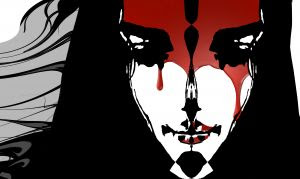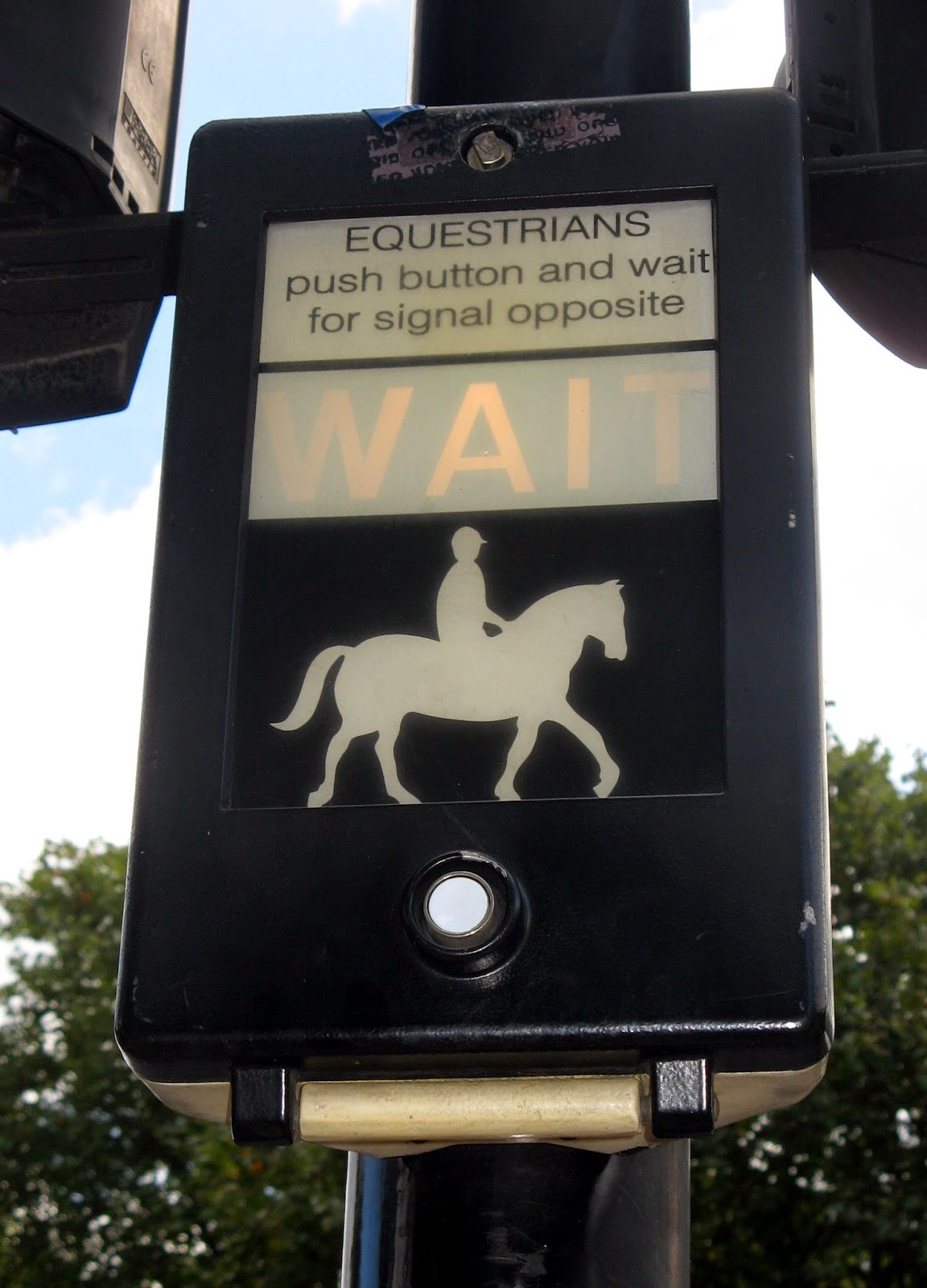Why were women described as hysterical?
Hysterical was one of the most common descriptions given to middle-class women and above in the nineteenth century. Throughout classic literature, you will notice that panic-stricken and over excited type female characters appear frequently.
Elizabeth Bennet, Jane Austen’s protagonist, in Pride and Prejudice behaves rationally, in contrast to women like her frantic mother and her flighty younger sister Lydia.
Despite her childhood experiences, Charlotte Bronte’s governess, Jane Eyre, is a level-headed young woman in contrast to Bertha Antoinetta Mason - the hysterical first wife of Mr. Rochester who has been incarcerated in the attic.
If you can’t shut women up – lock them up, it seems.
Hysteria was viewed as a women’s disease and possessing an immature personality was partly to blame. American culture defined hysteria as a neurosis or a character disorder, since it was thought that women, fearful of their own sexual impulses, channeled their energy into psychosomatic illnesses.
Literature describes hysteria symptoms as: nervousness, depression, tendency to cry, chronic fatigue and disabling pain all brought on by sudden shock, fear, death, or marital problems. The sufferer sobbed, cried and laughed violently, complained of palpitations and had hearing and speech problems. Often women slipped into deathlike trances sometimes lasting for days. In order to gain relief from these ailments, many women subjected themselves to long-term, painful therapy: electric shock treatment, operations, and amputations.
Hysteria was related to the confusion between role changes and the conflicts bourgeois matrons experienced between the 1840's and the 1890's. Middle class women at this time were expected to be "true women" and “ideal mothers." The "true woman" was emotional, dependent, and gentle. The "ideal mother" was expected to be a strong, self-reliant home-manager and caretaker of her family. Along with frequent pregnancies, she was an economist, cook, physician, dressmaker, and housekeeper.
There are facts to show that hysteria affected women from non-constructive, fashionable, middle or upper-class lifestyles, we can only assume that the ‘hysterical woman’ was a product of conflicts taking place in an evolving society. Nevertheless, it is not difficult to understand how internal and external conflicts challenged women during the nineteenth-century in the same way they concern twenty-first century women. Today, similar symptoms persist but society simply views and labels 'hysteria' differently.
An interesting play by Sarah Ruhl, In the Next Room (or The Vibrator Play) takes on the topic of hysteria and historical cures. The play focuses on the times when the vibrator was used as clinical device to bring woman to an orgasm. At that time the vibrator was considered as a useful aid in curing hysterical behaviour.
Sources:
Other interesting reading:



Elizabeth Bennet, Jane Austen’s protagonist, in Pride and Prejudice behaves rationally, in contrast to women like her frantic mother and her flighty younger sister Lydia.
Despite her childhood experiences, Charlotte Bronte’s governess, Jane Eyre, is a level-headed young woman in contrast to Bertha Antoinetta Mason - the hysterical first wife of Mr. Rochester who has been incarcerated in the attic.
 | |
|
If you can’t shut women up – lock them up, it seems.
Hysteria was viewed as a women’s disease and possessing an immature personality was partly to blame. American culture defined hysteria as a neurosis or a character disorder, since it was thought that women, fearful of their own sexual impulses, channeled their energy into psychosomatic illnesses.
Literature describes hysteria symptoms as: nervousness, depression, tendency to cry, chronic fatigue and disabling pain all brought on by sudden shock, fear, death, or marital problems. The sufferer sobbed, cried and laughed violently, complained of palpitations and had hearing and speech problems. Often women slipped into deathlike trances sometimes lasting for days. In order to gain relief from these ailments, many women subjected themselves to long-term, painful therapy: electric shock treatment, operations, and amputations.
 |
| A woman's world - image by Brizzle Born and Bred |
There are facts to show that hysteria affected women from non-constructive, fashionable, middle or upper-class lifestyles, we can only assume that the ‘hysterical woman’ was a product of conflicts taking place in an evolving society. Nevertheless, it is not difficult to understand how internal and external conflicts challenged women during the nineteenth-century in the same way they concern twenty-first century women. Today, similar symptoms persist but society simply views and labels 'hysteria' differently.
An interesting play by Sarah Ruhl, In the Next Room (or The Vibrator Play) takes on the topic of hysteria and historical cures. The play focuses on the times when the vibrator was used as clinical device to bring woman to an orgasm. At that time the vibrator was considered as a useful aid in curing hysterical behaviour.
Sources:
- Smith-Rosenberg, Carroll, "The Hysterical Woman: Sex Roles and Role Conflict in Nineteenth-Century America", Disorderly Conduct: Visions of Gender in Victorian America,197-216. OUP, (1985).
Other interesting reading:





Comments
Post a Comment